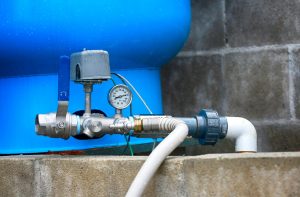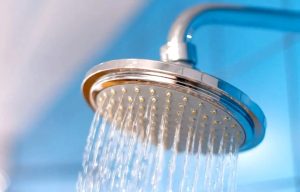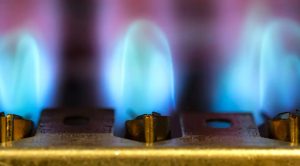Table Of Contents
If you are thinking of installing a hot water heater on your property in Australia, you could opt for a gas hot water system. A gas hot water system uses a gas burner under the storage tank to heat your water. The heater features a continuously burning pilot flame, which ignites the main burner when required.
The heat then moves from the gas burner through the cylinder’s bottom. Most gas water heater units feature an adjustable thermostat that helps set the water temperature. When the temperatures at the bottom of your tank go below the specified level of the thermostat, the pilot flame ignites the burner to keep the water hot.
You could opt for a tankless gas hot water system or one with a hot water tank ranging from around ninety to three hundred litres. This article provides you with a step-by-step guide on how to turn on your gas hot water system. You will also learn about the benefits of a gas hot water system over its electric counterpart and how best to maintain it.
Pros Of Gas Hot Water Systems Vs. Electric Systems
When deciding on an ideal hot water system to install on your property, it’s essential to consider the different types to determine the best option for your hot water needs. Here are some likely reasons why you should consider installing a gas hot water system in your building instead of an electric hot water system:
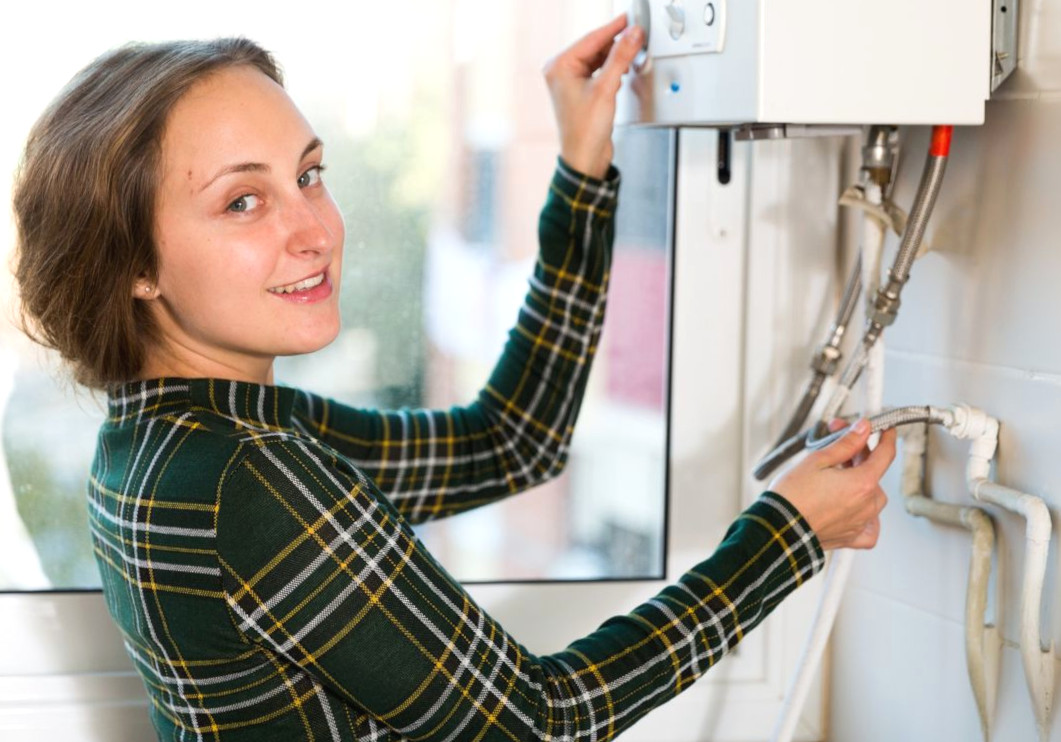
Enjoy access to more water
One of the most notable benefits of gas hot water systems is that they heat water faster than electric systems. A gas-powered water heater can heat more water to a particular temperature in a certain period than an electric system. This feature makes a gas water heater an excellent investment for your hot water needs, especially if you have a large household.
Cost-effective option
Another great advantage of gas hot water systems is that they are more cost-effective than electric ones in the long run. Electric systems are cheaper to purchase; however, they are costlier to run. On the other hand, gas-powered systems feature little thermal resistance, are more efficient, and provide hot water at a lower cost.
Since you can heat a large amount of water faster, you are guaranteed to save more on your energy bills. Additionally, gas is also more affordable than electricity.
More reliable
Gas hot water systems are fuelled by gas and do not need electricity. Consequently, even when there are power disruptions, you will still enjoy an uninterrupted hot water supply in your home. Installing a gas hot water system ensures that you don’t face inconveniences due to a lack of hot water for your daily chores caused by power outages. This should be your go-to choice if you live in an area that experiences constant power disruptions.
Eco-friendly
A gas water heater is an eco-friendly water heating alternative. Most hot water systems contribute to significant green gas emissions that adversely affect the environment. However, a water heater powered by gas emits fewer greenhouses compared to those powered by electricity.
Quick and easy to install
Conventional electric hot water systems are large, typically installed outside, occupying ample space. On the other hand, gas heaters have a compact and sleek design, making it possible to install them indoors without occupying unnecessary space.
How Do Gas Hot Water Systems Work?
A gas hot water system has a pretty straightforward working mechanism. As soon as you turn on the hot water tap, the flow of water gets detected by the system’s sensor. This then ignites the burner, and the heat exchanger warms the flowing water. There are models in which the water is pre-heated using a secondary heat exchange mechanism that uses the heat generated from exhaust gases.
In such models, the recommended temperature is usually maintained by a thermostat that controls the amount of gas supplied to the burner. These models are costlier but offer more energy efficiency. Most modern gas hot water systems use an Electronic Control Unit (ECU) to regulate the water temperature.
The unit controls your heating system’s functions, including temperature control, ignition, modulation, and gas flow. It also provides safety aspects like automatic gas cut-off if there is a problem and acts as the flame sensor. When you turn on one hot water tap in your home, the Electronic Control Unit connected flow sensor detects it, and the water heating process starts.
Once a need for hot water is detected, the ECU initiates the gas flow and triggers the igniter. The igniter sparks until the sensor detects a flame. If ignition fails to happen within seconds, the ECU shuts off the gas flow to prevent gas accumulation. The heat is then moved from the burner to the heat exchanger. Water gets heated when it goes through the heat exchanger. The heat exchanger design directs water to move in a serpentine pattern to allow it to absorb as much heat as possible from its walls.
Use Modern Gas Instantaneous Hot Water Systems
Step One: Switch off the power at the gas heater water position
Start by turning off the power supply at the power point located next to your gas water heater. Though your appliance is powered by gas, it still features an electrical current powering the gas igniter and the display.
Step Two: Shut off the gas supply valve
Access the shut-off valve for the gas supply and turn it off. Then, wait for about five minutes and find out if you can detect a gas smell. If the gas smell is there, turn off the system and call your plumber to diagnose the problem and repair the hot water system. Most likely, there is a leak in your system.
Step Three: Turn on the taps
Switch on the hot water taps connected to your gas hot water system. This helps flush out all the air in your system. Run the taps for about one to two minutes, and then turn them off.
Step Four: Turn the power supply and gas valve on
Now turn the gas valve and power supply back on. Once you do this, your gas hot water system should automatically start heating water as soon as you turn on the hot water taps in your house.
Step Five: Set the temperature
You can now set your hot water system to your desired temperature. The recommended temperature is 50 degrees Celsius, and most instantaneous gas water heaters are set at this temperature.
Using Older Models Of Gas Water Heater Systems
If your gas hot water system is an older model, follow the steps outlined below to turn it on.
Step One: Turn on the gas valve
Begin by turning on the gas shut-off valve located at the bottom of your hot water system.
Step Two: Adjust the settings
Several settings need to be adjusted before you can start. Depending on the model of your gas heater, you might have to remove a panel or two to locate the pilot button. Check that the On/Off control is set to the ‘Pilot’ position. Then, ensure that you have set the temperature gauge to its lowest setting.
Next, turn the regulator valve to the Off position and wait for around ten minutes. Then, switch to Pilot mode. If you detect any strange smell indicating a gas leak, you should turn off the system immediately and contact your plumber to fix the issue.
Step Three: Simultaneously press the pilot and ignitor button
Now press the pilot button down while simultaneously pressing the ignitor button. To confirm whether the pilot light flame is ignited, check through the small silver tube connected to the gas valve. You could also use a mirror to confirm this. If not ignited, try reigniting your gas hot water system.
Step Four: Keep holding down the pilot button
After the pilot light is ignited, you should continue holding down the pilot button for about half a minute. This gives the flame enough time to activate the thermocouple device more effectively. The thermocouple helps keep the flame alight. Once the recommended time lapses, slowly release the button and confirm that the flame stays lit.
In the event the flame goes out, repeat the process outlined above. If you are content with the flame, if necessary, you can now replace the panels you had removed earlier.
Step Five: Turn on the main burner
Locate the On/Off button on the main burner and switch it on. Once you have located this, you can proceed to set the temperature control. The standard temperature is usually set at 50 degrees Celsius; however, if a tempering valve is fitted, it’s set at 65 degrees Celsius.
After adjusting the temperature control, the water heating process begins. It’s advisable to run one of your hot water taps periodically to ensure the system is heating the water to your desired temperature.
Gas Hot Water Systems Maintenance
As already seen, gas hot water systems offer several benefits. However, for your system to work efficiently and last for years, it’s crucial to maintain it properly. Below are some maintenance tips that you could apply to extend your gas system’s lifespan and save on repair and replacement costs.
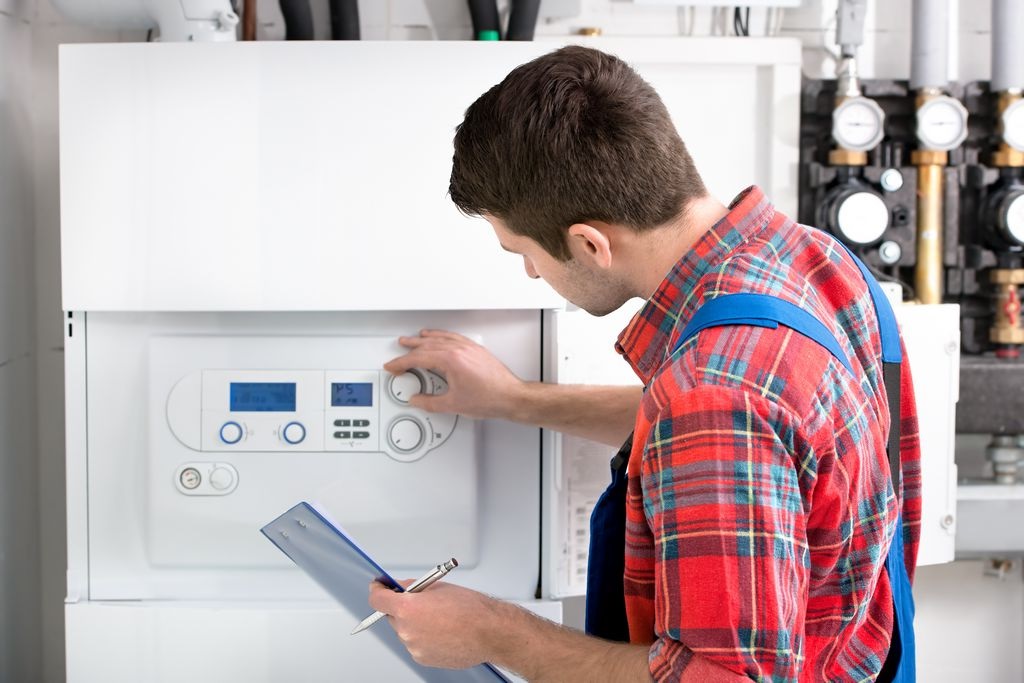
Test the relief valve
The relief valve is a safety feature that ensures that your gas hot water system does not explode when subjected to excess pressure inside it. A switch on the system’s side features a long, plastic or copper discharge pipe that leads down from it. If the pressure is too high, it automatically opens to release it, and the pipe directs the water down to the floor.
You should test the pressure valve at least once a year by putting a bucket under the discharge pipe and lifting the lever. If water comes from the pipe, the valve works well; however, if no water comes out, you need to replace the valve.
Inspect the anode rod
Gas hot water systems include an anode rod, which is prone to corrosion. It would help if you replaced it every five years to increase your water heater’s durability. Have your plumber undertake this task, as professionals are better positioned to inspect the rod and replace it if it has issues.
Flush the system’s tank
It’s recommended that you flush your gas hot water tank at least once a year to prevent the build-up of sediment or mineral deposits that could make the tank rust. To flush it:
- Turn off the gas and cold water supply to your heater.
- Open the hot water tap and valve.
- Proceed to use a bucket and hose to completely drain all the water and sediment from your tank.
Now turn on the cold water supply to your tank and allow the cold water to run through until it’s clear. Flush until the water from your tank is clear of any sediment or mineral deposits. Flushing also ensures that you get clean water from your gas hot water system.
Need Gas Hot Water System Services?
If you want to install a gas hot water system in your residential or commercial property in Australia, you should work with a trustworthy plumbing contractor near you. Besides doing the installations, a professional plumber could also help you with regular maintenance to ensure that it has a long lifespan.
Since they have worked on other water heater projects, you can expect high-quality installation, maintenance, repair, and other services. When looking for a plumber to work on your project, be sure to check their reputation, experience certification, and the cost charged for their services.
Working with a local plumber is the best option since they can easily access your home when you need emergency services for your gas hot water system. They are also likely to charge a more affordable price for their services.





